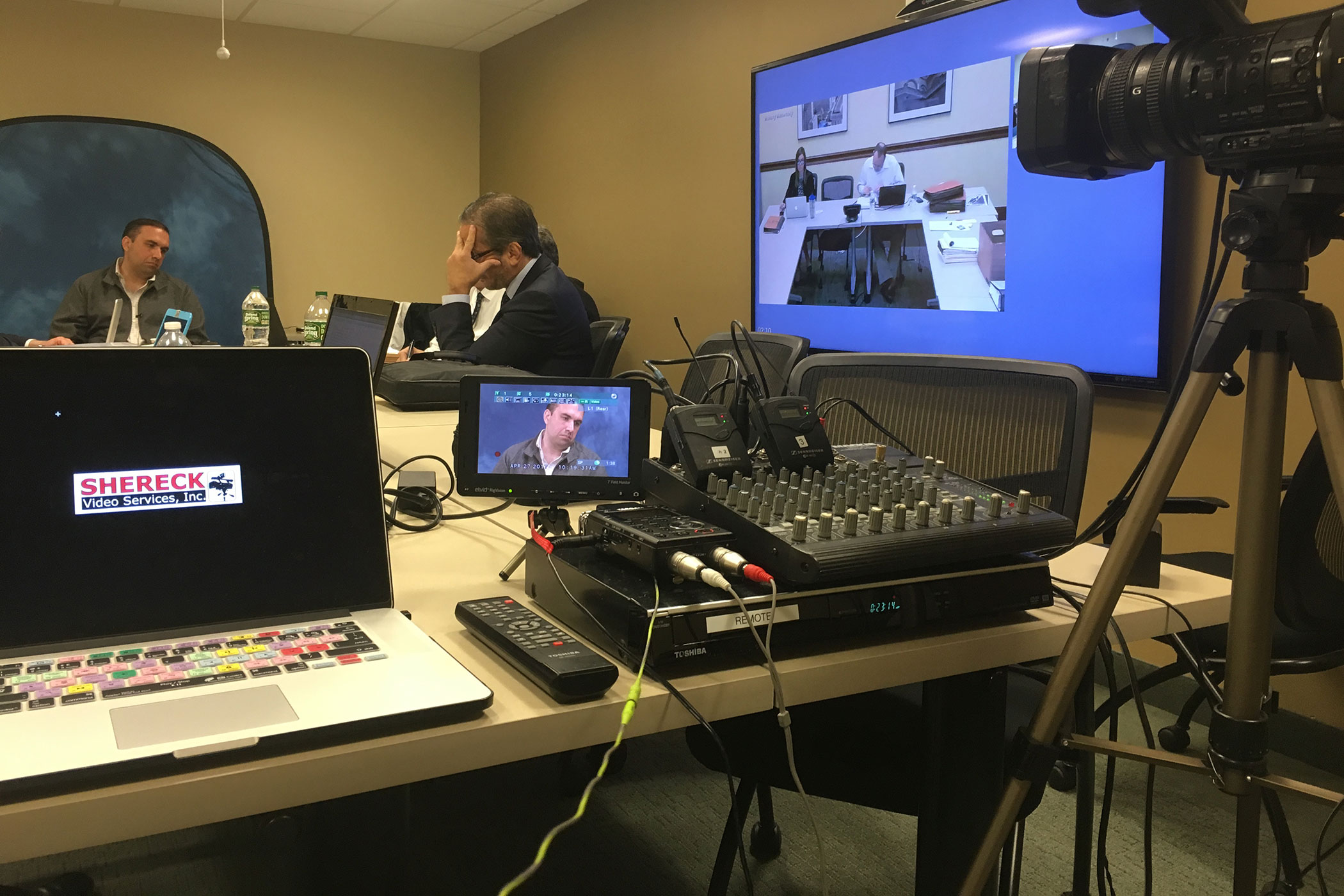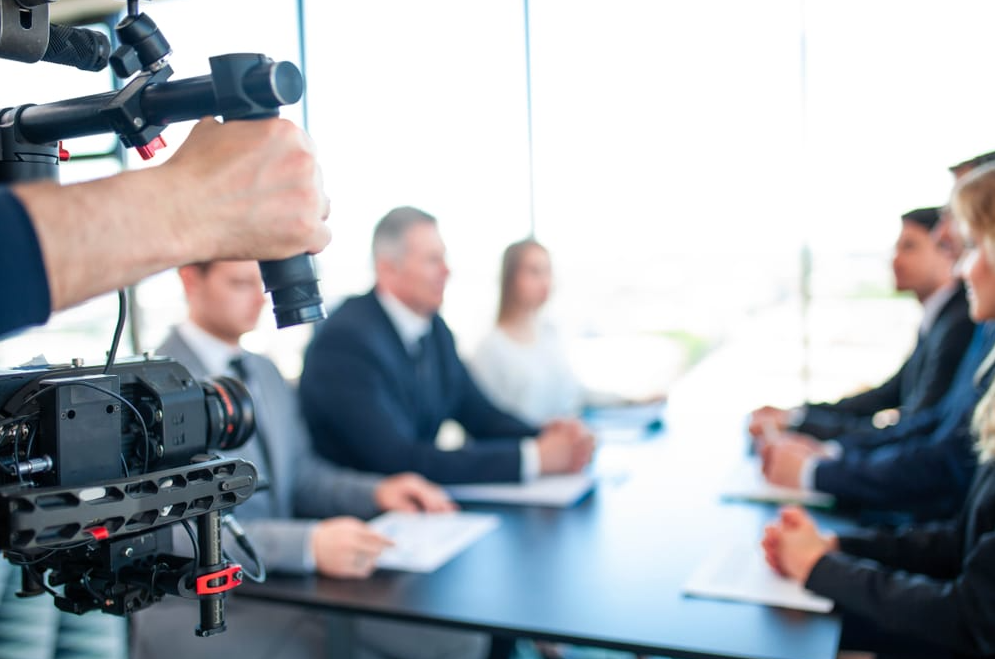The Role of Legal Videography in Modern Legal Procedures
The Role of Legal Videography in Modern Legal Procedures
Blog Article
Exploring the Vitality of Legal Videography: a Comprehensive Understanding Into Its Performance in Preserving Accurate Visual Records for Legal Instances
Legal videography stands as an important element in the realm of legal process, working as a silent yet effective viewer in the search of justice. The use of video innovation in recording legal cases exceeds plain record-keeping; it encapsulates the really significance of events, emotions, and testimonies that unfold within courts. By meticulously recording visual evidence, lawful videography not only protects the precision of these moments but likewise gives a deeper understanding of the ins and outs entailed. As we explore the functionality and importance of legal videography in the context of legal instances, a profound awareness dawns upon the vital role it plays in shaping the course of justice.
Significance of Legal Videography
Highlighting the crucial function of lawful videography in contemporary legal proceedings, its importance hinges on its capacity to provide undeniable visual evidence that boosts the discussion of realities and statements. By capturing live events, depositions, and witness testimonies in a video style, legal videography guarantees that every expression, information, and nuance is precisely preserved for later testimonial. This aesthetic documents offers as a powerful device in courtrooms, enabling courts and jurors to much better understand the context of a case and make informed choices based upon today evidence.
In addition, legal videography contributes to boosted openness and liability in the lawful system. In significance, the value of legal videography exists in its capacity to support the stability of the legal process by catching and preserving exact aesthetic documents that support the search of justice.
Performance in Legal Documentation
Lawful videography's function in modern legal procedures extends beyond providing visual proof; its functionality in lawful paperwork is vital for accurately protecting the information of testaments and occasions. Through the thorough recording of depositions, court room process, witness testimonies, and crime scene examinations, legal videography makes sure an unfiltered account of occasions that can be taken another look at and analyzed throughout the lawful procedure. This precise documentation works as an important resource for courts, attorneys, and judges to reference certain moments, body movement, facial expressions, and nuances that might not be totally recorded in composed transcripts alone.
Additionally, legal videography plays a crucial role in preserving the integrity of lawful procedures by minimizing the risk of misconception or control of information. The aesthetic documents caught with lawful videography give an impartial representation of the truths offered throughout a situation, offering a detailed and reliable source of evidence that can significantly impact the result of lawful conflicts (Legal Videography). Essentially, the functionality of lawful videography in legal documentation works as a cornerstone in supporting transparency, precision, and justness within the lawful system
Relevance in Visual Evidence Conservation
Preserving aesthetic evidence via precise recording strategies is an essential element of legal videography. By precisely documenting these visuals, lawful videographers play a vital role in making certain the integrity and credibility of evidence offered in additional reading court.
Visual proof preservation likewise aids in protecting against misunderstandings or misinterpretations that can develop from created or verbal testaments. The ability to see and listen to occasions as they took place can dramatically influence the outcome of a case. Moreover, visual evidence can offer as an effective device for both the prosecution and defense in presenting their arguments persuasively.
Duty in Ensuring Justice
In the quest of simply legal and reasonable outcomes, the function of lawful videography is indispensable. Legal videography plays a vital duty in guaranteeing justice by supplying unbiased and accurate visual evidence that can substantially affect the end result of legal situations. Unlike composed documents or testimonies, video recordings catch the subtleties of body language, face expressions, and intonation, using a thorough depiction of occasions as they unravel. This aesthetic proof is specifically beneficial in court rooms, where it can aid challenge or substantiate witness testimonies, enhance arguments, and ultimately contribute to the facility of fact and justness.
Furthermore, legal videography offers as a way of protecting turning points and information that may be missed out on or misunderstood in written records (Legal Videography). By documenting scenes, activities, and interactions in real-time, legal videography assists protect against misrepresentations and guarantees that all home events included have access to the very same information, advertising transparency and accountability in the lawful process. Inevitably, using legal videography not only improves the efficiency of legal process but additionally maintains the principles of justice and equity in the lawful system
Crucial Device for Legal Cases

Conclusion
To conclude, legal videography plays an essential role in maintaining precise visual records for lawful situations. Its importance lies in its capability in lawful documentation, importance in aesthetic evidence conservation, and function in guaranteeing justice. As a vital device for legal cases, legal videography works as a beneficial resource for presenting aesthetic evidence and adding to the general integrity of the lawful process.
Lawful videography's role in modern-day legal process prolongs beyond supplying visual proof; its functionality in lawful documentation is important for properly protecting the information of events and statements. In essence, the performance of legal videography in legal documents serves as a keystone in supporting openness, accuracy, and fairness within the lawful system.
Ultimately, the usage of lawful videography not only improves the efficiency of legal process but likewise upholds the principles of justice and equity in the lawful system.

As a crucial tool for lawful cases, lawful videography offers as a valuable source for presenting aesthetic evidence and contributing to the total stability of the lawful process.
Report this page